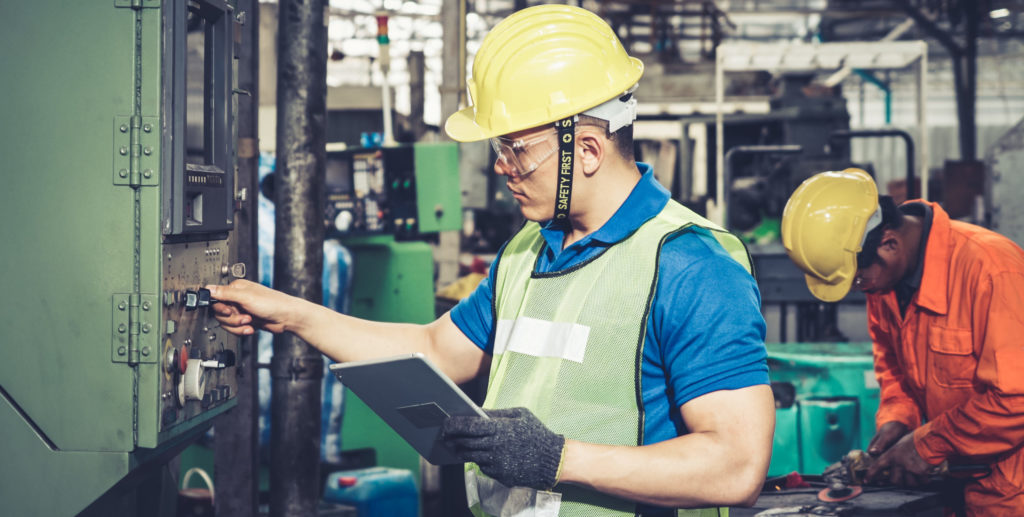What are the most common OSHA violations?
Workers Compensation - June 22, 2022
OSHA is set up to protect employees, but in an effort to be more efficient, many people ignore the rules. These common OSHA violations could put people at safety and health risks.
If a company fails to train or enforce OSHA safety standards, it could be held liable for any accidents that occur on the job. If you have any questions about workers’ compensation or being injured at work, call Horwitz, Horwitz & Associates at (800) 985-1819.
What is OSHA?
OSHA stands for the Occupational Safety and Health Administration. They are a government organization established to oversee and ensure that citizens have safe working conditions.
They set standards and provide training, outreach, and education. They are an arm of the United States Department of Labor.
Common OSHA violations
Each year, OSHA releases a list of the most common safety standards that companies fail to meet. These violations include things like not providing adequate eye protection and failure to set up safety guards on machines.
Fall protection, construction
If a business fails to provide fall protection to its employees, they are in violation of 29 CFR 1926.501.
Hazard communication standard
This standard is for chemical manufacturers and importers. If they violate 29 CFR 1910.1200 then this means they failed to adequately prepare labels and safety data sheets that communicate the hazard information to the customers.
Respiratory protection
Due to the risk of cancer, lung impairment, diseases, or death, companies are required to provide respirators to their workers (29 CFR 1910.134). These respirators should protect workers against “insufficient oxygen environments, harmful dusts, fogs, smokes, mists, gasses, vapors and sprays.”
Scaffolding
Companies must make sure that scaffoldings are safe to use (29 CFR 1926.451). The planking should not give way and the employee should not slip, fall, or be injured from falling objects.
Ladders
These standards – (29 CFR 1926.1053) – are set up to protect workers from falling from ladders. This includes standards stating the type of ladder, how much it can hold, and how it is used.
Control of hazardous energy
Anytime an employee must work around, with, or on a machine that has stored up energy, they must follow the protocols in 29 CFR 1910.147. These standards protect the employee from hazards surrounding these machines.
Powered industrial trucks
The operation of trucks – including forklifts – falls within 29 CFR 1910.178. Many employees are injured when these lift trucks are driven off loading docks or the employee is struck by one of these trucks.
Fall protection–training requirements
Many companies fail to adequately train their employees on how to protect themselves from the possibility of falling on the job. This standard (29 CFR 1926.503) is established to educate employees so the number of falls will decrease.
Eye and face protection
Many companies fail to provide and/or enforce proper eye and face protection 29 CFR 1926.102). This is to protect employees from any harmful spills, projectiles, or the possibility of anything else that could damage their face.
Machinery and machine guarding
This standard (29 CFR 1910.212) is set up so that companies install safeguards on any equipment that could cause harm to employees.
What to do if an OSHA violation results in your injury
If you experience a severe injury as a result of OSHA violations, then you need to contact a workers’ compensation lawyer. They will take a closer look at your case and help you receive the compensation you deserve.
You should also receive medical care from a physician. That way, you will have medical records of your injuries as evidence for your case.
If possible, take photos or videos of the violations that might have contributed to your injuries. This evidence can help if you decide to file a suit or claim.
Let Horwitz, Horwitz & Associates help you
If you were injured because of an OSHA violation, contact an attorney. It can be stressful and difficult to talk to your employer’s provider and try to get what you deserve.
Let our attorneys handle your case. Call (800) 985-1819 now to schedule a free consultation.



